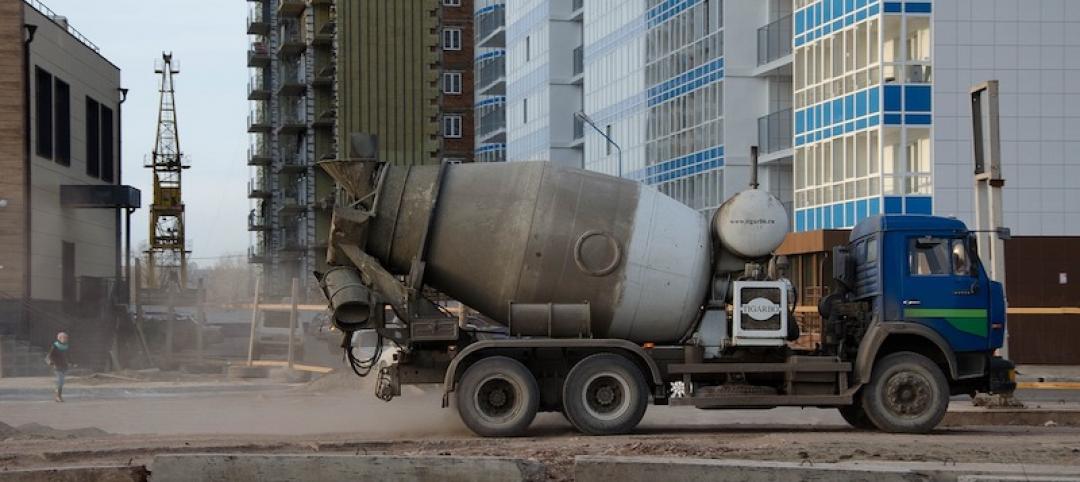National Ready Mixed Concrete Association (NRMCA) members have lowered their carbon footprint by 13% in five years, according to an association news release.
“The 13% reduction in carbon footprint is for 4,000 psi (pounds per square inch) concrete, the most frequently used concrete in the United States,” said James Bogdan, senior director, sustainability initiatives for NRMCA. “Carbon footprint reduction ranged from 8% for 2,500 psi concrete and 20% for 8,000 psi concrete.”
The reductions are mainly due to more efficient use of Portland cement, the primary binder used to make concrete. NRMCA’s performance-based specifications have helped eliminate prescriptive limits on concrete formulation such as minimum cement content and low water-to-cement ratio.
These limitations unnecessarily drive up cement content, the main contributor to carbon emissions, the release says. Some NRMCA members have lowered their carbon even more through innovation. For some applications and projects, concrete producers are incorporating technologies such as supplementary cementitious materials, low-carbon cements, and carbon capture to lower carbon footprint by 50% or more.
Related Stories
Codes and Standards | Aug 3, 2021
Dept. of Energy releases initial version of the Spawn of EnergyPlus software
Targets new use cases in advanced controls, district systems, and grid integration.
Codes and Standards | Aug 2, 2021
Several U.S. cities among most expensive places to build in the world
San Francisco, New York, and Boston head the domestic list.
Codes and Standards | Jul 28, 2021
American Concrete Institute creates new director of innovative concrete technology post
Aim is to attract emerging technologies for development.
Codes and Standards | Jul 28, 2021
Higher ed faces infrastructure backlog of $112.3 billion
Study recommends integrated strategic planning for best results.
Codes and Standards | Jul 27, 2021
Add a wobbly moon to flooding risk factors
Earth satellite’s orbit variations will lead to sunny-day flooding in the mid-2030s.
Codes and Standards | Jul 26, 2021
Revamping of Florida building codes on the table after condo collapse
Tragedy could prompt upgrades like post-Hurricane Andrew effort.
Codes and Standards | Jul 21, 2021
Proposal to give Calif. hospitals more time for earthquake retrofits stirs controversy
State hospital association says 2030 deadline should be extended.
Codes and Standards | Jul 20, 2021
New York, New Jersey legislatures may revamp bidding rules to promote low-carbon concrete
Contractors would have to certify that their concrete is in compliance.
Codes and Standards | Jul 19, 2021
Lack of information on carbon emissions challenges construction industry
Reports recommends whole-life carbon assessments on building projects.
Codes and Standards | Jul 19, 2021
Florida condo collapse spurs increased scrutiny on inspections, regulations
Insurers demand proof of current inspections.

















